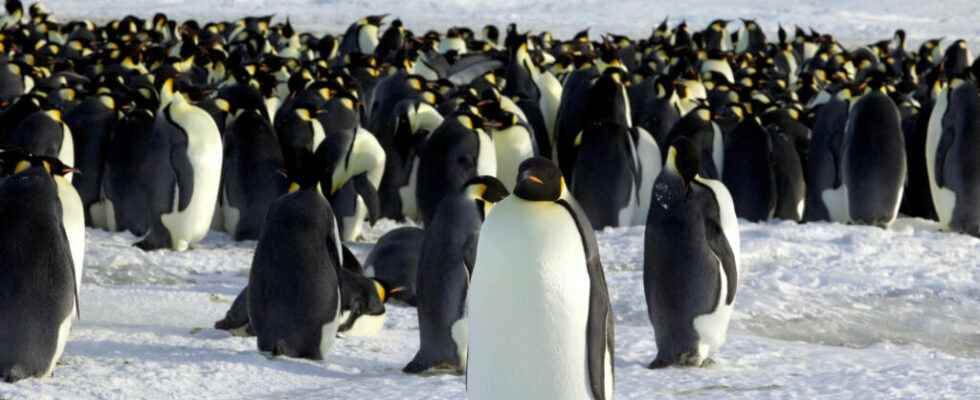One step closer to the sixth mass extinction. The emperor penguin has just been classified as an endangered species by the “Fish and WildLife Service” in the United States. This endemic species of Antarctica is particularly affected by global warming.
It is the largest and fattest of all penguins, but climate change does not spare it.
By 2050, almost half of the emperor penguin population could disappear, warns the American Institute of Wildlife Preservation.
In particular, the melting of the pack ice which prevents penguins from forming colonies on the ice. Fewer colonies also means fewer encounters between penguins, and therefore fewer couples.
Another difficulty: succeeding in preserving the babies. Each female lays only one egg per breeding season. Then, it is up to the male to incubate it for 2 months. After hatching, the baby stays for another 150 days with its colony. In short, as much time as a stable pack ice is needed to prevent eggs or young from drowning in seawater.
Added to this are the growing difficulties in finding prey to feed on.
The American organization is therefore sounding the alarm: The emperor penguin could completely disappear by the end of the century. Today there are nearly 650,000 individuals.
► Read also South Africa: PMA to save Cape penguins from extinction
